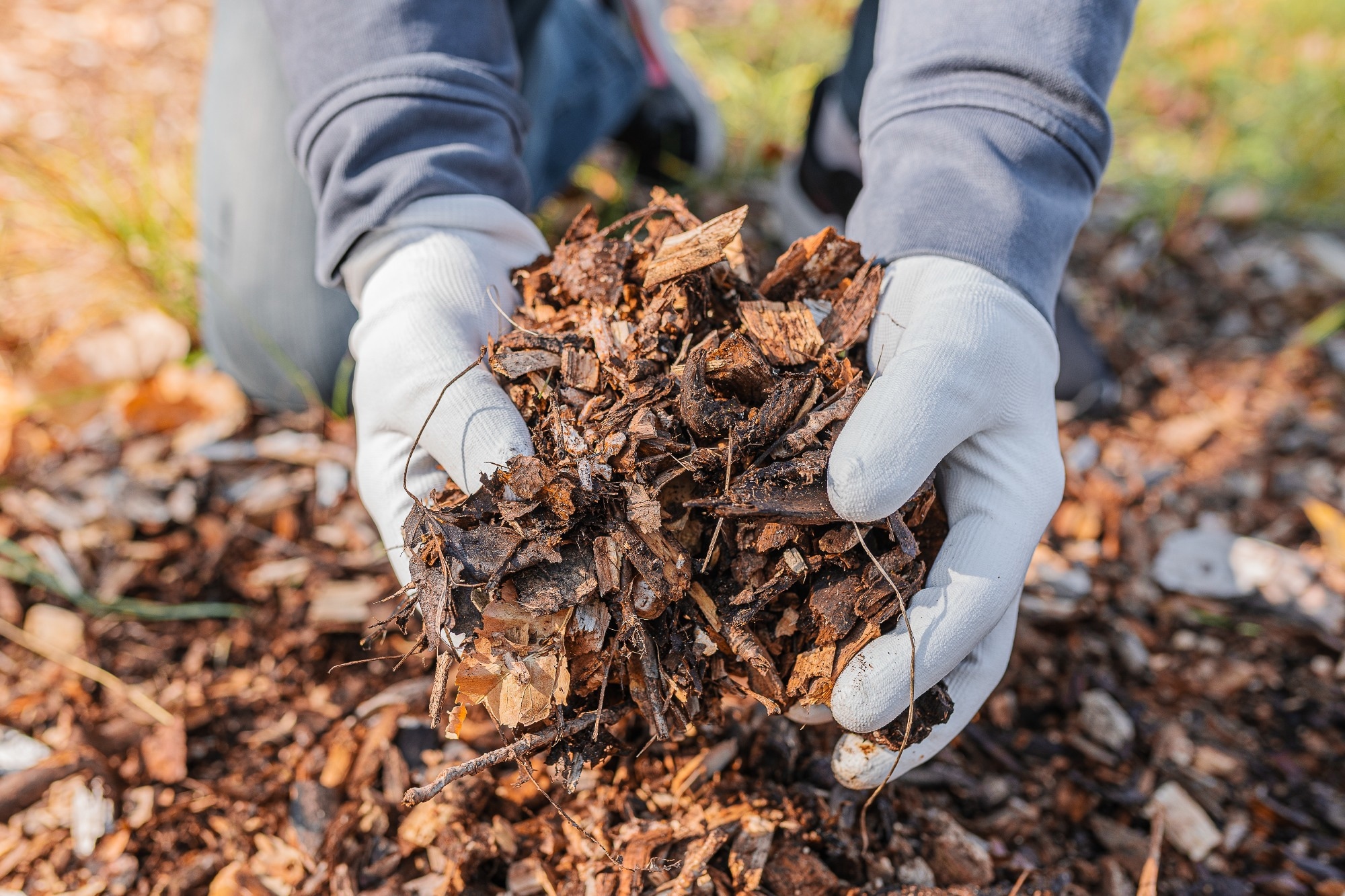A new study has revealed that the way lignin is extracted dramatically changes its electrical behavior. Researchers have demonstrated the importance of this behaviour for building sustainable electronic devices.
 Image Credit: larisa Stefanjuk/Shutterstock.com
Image Credit: larisa Stefanjuk/Shutterstock.com
Published in the Journal of Physics Materials, the study investigates how different extraction processes and morphologies influence the electrical behavior of lignin. One of the most abundant natural biopolymers, lignin is often considered as waste in the paper and biomass industries. Increasingly, however, scientists are looking to the material as a sustainable candidate for electronic applications.
The researchers assessed three types of lignin: two derived from Kraft pulp with different post-treatments, referred to as L1 and L2, and one extracted from Cynara cardunculus through an aqueous ammonia-catalyzed ethanolic organosolv method, labeled L3.
Lignin is naturally rich in aromatic rings and functional groups, including alcohols, phenols, ethers, and carboxylic acids. These chemical features give the material inherent dielectric, capacitive, and redox properties, appealing properties for its use in electronic components like organic field-effect transistors, resistive switching memories, and energy storage systems.
While Kraft lignin is commonly used in such contexts, it often contains impurities like residual proteins or ash. Organosolv-derived lignin, however, has been less explored for electronic applications despite its typically higher purity and better solubility in organic solvents.
Evaluating the Differences
The team performed a series of structural and electrical characterizations to evaluate the differences among the three lignins. L1 and L2 were sourced from commercial-grade Kraft lignins, with L1 undergoing acidic post-treatment and L2 treated under alkaline conditions. L3 was produced in the lab using defatted, steam-exploded cardoon as feedstock, with ethanol and 10 % aqueous ammonia as the extraction medium.
Elemental analysis determined carbon, hydrogen, nitrogen, and sulfur content, while gel permeation chromatography was used to measure molecular weight distributions.
Chemical structure analysis was conducted using phosphorus-31 nuclear magnetic resonance spectroscopy with a CDCl3 solvent, ATR-FTIR spectroscopy in the range of 4000 to 650 cm-1, and UV/Vis spectroscopy with an ethanol-ammonia solvent mixture.
For electrical testing, the researchers prepared 10 milligrams per milliliter suspensions of each lignin, which were then drop-cast onto glass substrates featuring titanium-gold interdigitated electrodes. These electrodes included 90 pairs of fingers, each 10 micrometers wide and spaced 10 micrometers apart. Electrical measurements were carried out under controlled pressure using a probe station connected to a semiconductor characterization system.
Download your PDF now!
Distinct Morphologies and Electrical Behaviour
The morphology of the three lignins varied significantly: L1 had a smoother, more uniform surface, L2 showed a nanofibrillar structure, and L3 exhibited intermediate characteristics, but had the highest overall purity.
Semilogarithmic current-voltage plots revealed butterfly curves for all three lignin samples. L1 and L3 were most similar, while nanofibrillar L2 had a distinctly different profile. These variations were attributed to differences in surface morphology and the density of key functional groups such as hydroxyls and carboxylic acids.
Electrical conductivity was highest in L2, lowest in L1, and middling in L3. These differences in conductivity were closely linked to chemical composition. L2's performance was primarily driven by a high density of carboxylic acid groups, while L3's conductivity was influenced by the presence of aliphatic hydroxyl groups.
All three lignins exhibited hysteresis and relatively low conductivity, suggesting ionic conduction was the dominant process in charge transport.
Analysis also showed that conductivity increased with both temperature and pressure, indicating that the samples interacted strongly with atmospheric species. These interactions appeared to enhance ion mobility, and the observed temperature dependence followed an Arrhenius-type behavior.
These results supported a conduction mechanism based on ion hopping across localized energy barriers. This means charges moving through lignin by jumping between energetically favorable sites, rather than flowing freely as in traditional conductors.
What Lignin Variation Could Mean
The findings demonstrate that the electrical properties of lignin can be tuned through specific choices in extraction methods and post-treatment processes. L2's high conductivity and strong environmental responsiveness suggest it may be well suited for pressure or temperature-sensitive sensing applications.
On the other hand, L1 and L3's lower conductivity and hysteresis make them more promising dielectric materials, such as in capacitors or memristive memory devices.
By establishing clear links between morphology, chemical structure, and electrical performance, this study provides a valuable framework for advancing lignin-based materials in electronics. The ability to tailor electrical properties through green, scalable processing techniques highlights lignin’s potential as a renewable and versatile building block for sustainable electronic technologies.
Journal Reference
D'Orsi, R. et al. (2025). Tunable electrical properties of Lignin: Morphology-dependent ionic conduction in Kraft and organosolv-derived materials. Journal of Physics Materials. DOI: 10.1088/2515-7639/adf94c. https://iopscience.iop.org/article/10.1088/2515-7639/adf94c
Disclaimer: The views expressed here are those of the author expressed in their private capacity and do not necessarily represent the views of AZoM.com Limited T/A AZoNetwork the owner and operator of this website. This disclaimer forms part of the Terms and conditions of use of this website.